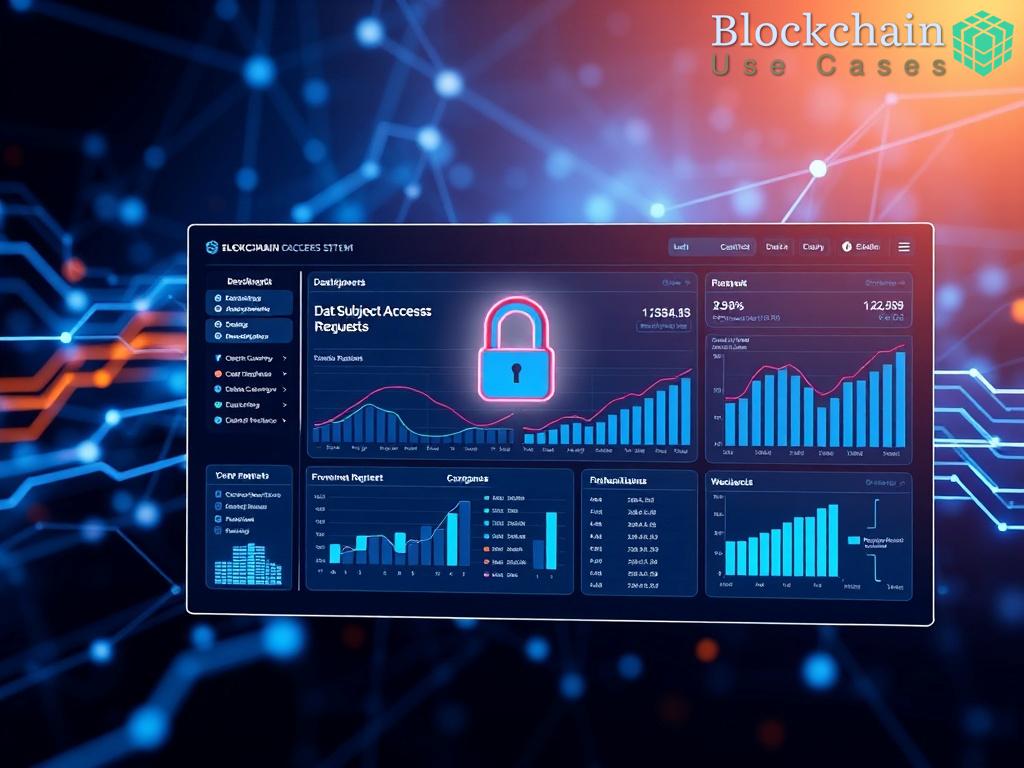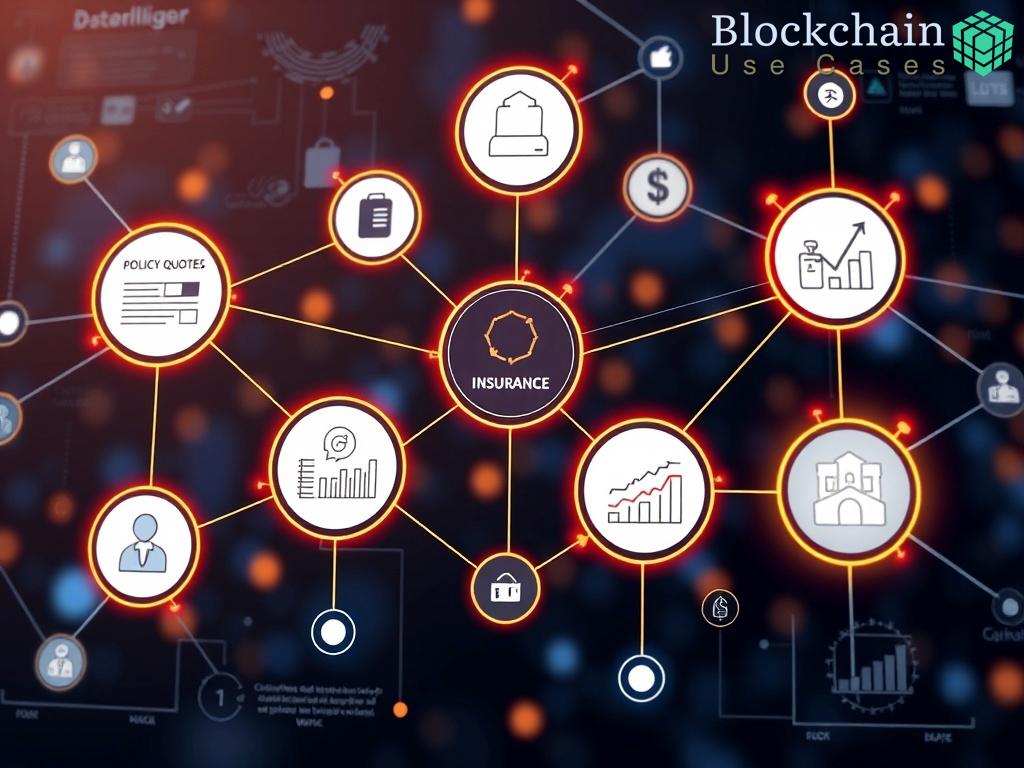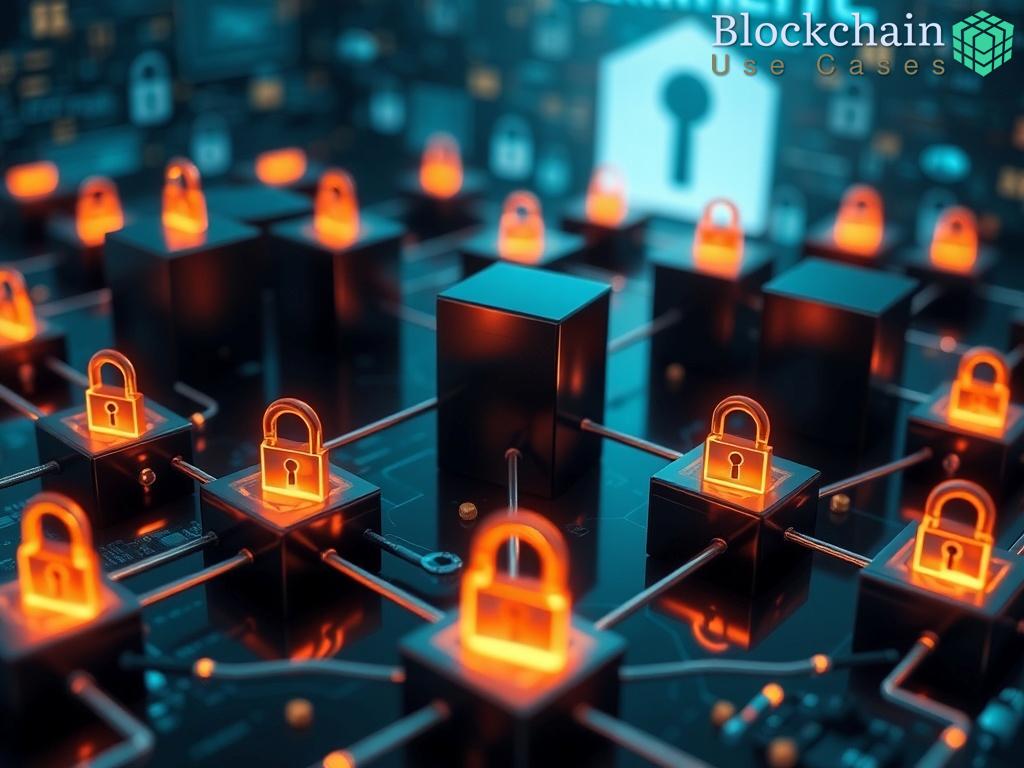Overview of Witness Protection Programs
Understanding the Essence of Witness Protection
The Witness Protection Program (WPP) serves as a critical mechanism for ensuring the safety and security of individuals who provide testimony in legal proceedings. These programs are designed to protect witnesses from potential retaliation, intimidation, or harm, thereby enabling them to testify freely without fear. The effectiveness of these programs hinges on the confidentiality and integrity of the data associated with them.
Key Components of Witness Protection Programs
Witness protection is not merely about relocation; it encompasses a complex array of services and support systems designed to safeguard witnesses. The following components are integral to the functioning of these programs:
- Identity Protection: Witnesses often undergo changes to their identity, including new names and social security numbers.
- Relocation Services: Safe housing and relocation are provided to witnesses and their families to ensure they are far from potential threats.
- Legal Assistance: Legal counsel is available to help navigate the complexities of the legal system and ensure that witnesses are adequately protected under the law.
- Psychological Support: Counseling services are offered to help witnesses cope with the emotional stress associated with testifying against offenders.
- Ongoing Surveillance: Continuous monitoring and protection may be provided to safeguard against any lingering threats.
Challenges in Witness Protection Programs
Despite the critical nature of WPPs, they face numerous challenges that can undermine their effectiveness. The need for absolute confidentiality often clashes with bureaucratic processes and the sharing of sensitive data. Moreover, the potential for data breaches poses a significant risk to the safety of protected witnesses. The introduction of blockchain technology offers a promising solution to these challenges by enhancing data security and ensuring transparency without compromising confidentiality.
Blockchain Technology Fundamentals
Understanding the Building Blocks of Blockchain
In the context of enhancing the security of witness protection program data, it is vital to grasp the fundamental principles of blockchain technology. At its core, blockchain is a decentralized digital ledger that records transactions across multiple computers in such a way that the registered transactions cannot be altered retroactively. This immutability is crucial for witness protection programs, as it ensures that sensitive information remains secure and tamper-proof. By utilizing blockchain, programs can provide a layer of security that traditional systems struggle to achieve.
Decentralization and Transparency in Data Management
The decentralized nature of blockchain technology offers unparalleled advantages for managing witness protection data. Rather than relying on a single central authority, information is distributed across a network of nodes, thus reducing the risk of data breaches. Each transaction or change in data is verified by consensus among the network participants, which not only enhances security but also promotes transparency. In a witness protection context, this means that only authorized individuals can access sensitive information, ensuring that the identities and locations of witnesses are kept confidential while still being verifiable by necessary legal entities.
Smart Contracts: Automating Security Protocols
Another pivotal feature of blockchain technology is the implementation of smart contracts, which are self-executing contracts with the terms of the agreement directly written into code. In witness protection programs, smart contracts can automate various security protocols, such as access controls and notifications. For example, a smart contract could automatically grant access to a witness’s information only to specific legal personnel, while simultaneously logging each access attempt for auditing purposes. This level of automation not only streamlines processes but also significantly enhances the accountability and traceability of actions taken regarding witness data.
In summary, the integration of blockchain technology into witness protection programs has the potential to revolutionize how sensitive data is managed. By leveraging the principles of decentralization, transparency, and automation, these programs can better protect the individuals who play a vital role in the judicial system while ensuring their information remains secure and confidential.
Data Security and Privacy in Witness Protection
The intersection of data security and witness protection is a critical concern that directly impacts the efficacy of judicial processes. In an era where digital threats are increasingly sophisticated, ensuring the privacy and safety of witnesses becomes paramount. The integration of blockchain technology into witness protection programs presents an innovative solution to the pressing challenges of data security. By leveraging the unique attributes of blockchain, these programs can enhance their protective measures while maintaining the confidentiality of sensitive information.
One of the most significant advantages of blockchain is its inherent immutability. Once data is recorded on a blockchain, it cannot be altered or deleted without consensus from the network participants. This characteristic is particularly beneficial for witness protection programs, as it prevents malicious actors from tampering with crucial information, such as witness identities, locations, or testimonies. Furthermore, the decentralized nature of blockchain means that no single entity has complete control over the data, significantly reducing the risk of data breaches that could compromise the safety of witnesses.
Ensuring Confidentiality Through Decentralized Storage
In the context of witness protection, confidentiality is not merely a precaution; it is a necessity. Blockchain technology offers a robust framework for managing sensitive data through decentralized storage. Unlike traditional systems that store data in centralized databases, which are vulnerable to attacks, blockchain distributes data across a network of nodes. This distribution means that even if one node is compromised, the overall integrity of the data remains intact. Moreover, access to this data can be tightly controlled through advanced cryptographic techniques, allowing only authorized personnel to view or modify witness information.
Blockchain also introduces the concept of private keys for secure access. Each participant in the witness protection program can be assigned a unique cryptographic key, which acts as a digital passport. This method not only ensures that only those with the correct key can access sensitive information but also creates a comprehensive audit trail. Every access attempt, whether successful or unsuccessful, is recorded on the blockchain, providing a transparent history of data interactions that can be reviewed by authorized entities.
Smart Contracts: A Shield for Witness Data
Another transformative feature of blockchain technology is the implementation of smart contracts. These self-executing agreements can automate security protocols, further safeguarding witness data. For instance, a smart contract could be designed to automatically encrypt witness information upon entry into the system, ensuring that it is always stored securely. Additionally, these contracts can govern access permissions, meaning that only designated legal representatives can view specific witness data, thereby minimizing the risk of unauthorized access.
The application of smart contracts also enhances operational efficiency. By automating routine processes, such as data sharing among law enforcement agencies, the program reduces the potential for human error that could inadvertently expose sensitive information. The automation not only streamlines interactions but also reinforces the program’s commitment to protecting the privacy of witnesses.
In conclusion, the use of blockchain technology in witness protection programs represents a significant leap forward in data security and privacy. By employing decentralized storage, cryptographic access controls, and smart contracts, these programs can offer a more secure environment for witnesses. This integration not only addresses existing vulnerabilities but also establishes a foundation for building trust within the judicial system, ultimately encouraging more individuals to come forward as witnesses without fear of repercussions.
Implementing Blockchain Solutions
As the complexities of witness protection programs evolve, the need for innovative solutions becomes increasingly apparent. Implementing blockchain technology offers a transformative approach that addresses traditional vulnerabilities while enhancing data security and privacy. This section delves into the strategic approaches required to integrate blockchain solutions effectively within witness protection frameworks, ensuring that the safety of witnesses remains uncompromised.
Strategic Alignment with Existing Frameworks
To successfully integrate blockchain solutions, it is essential to align these technologies with existing witness protection frameworks. This alignment involves a thorough assessment of current processes and identifying areas where blockchain can provide significant enhancements. For instance, a detailed analysis of data flow within the program can reveal inefficiencies or potential security gaps that blockchain’s decentralized architecture can effectively address. By focusing on identity verification and data integrity, blockchain can ensure that every piece of information remains secure and immutable, thereby reinforcing the protective measures in place for witnesses.
Training and Capacity Building
Another vital aspect of implementing blockchain solutions is the necessity for comprehensive training and capacity building among personnel involved in witness protection programs. Understanding how blockchain functions, including its cryptographic features and smart contracts, is crucial for law enforcement and legal professionals. Training sessions can be structured to not only cover the technical aspects of blockchain but also its practical applications in enhancing data security. By equipping staff with the knowledge and tools needed to navigate this new landscape, organizations can foster a culture of security that prioritizes witness protection.
Collaboration with Technology Experts
Implementing blockchain technology is not solely an internal endeavor; it necessitates collaboration with technology experts who understand the nuances of blockchain systems. Establishing partnerships with blockchain developers and cybersecurity specialists can facilitate the design and deployment of tailored solutions that cater specifically to the needs of witness protection programs. This collaboration can lead to the creation of a robust system that incorporates features such as real-time monitoring, automated alerts, and data encryption, ensuring that the program remains agile in the face of evolving threats.
Challenges and Future Prospects
The integration of blockchain technology into witness protection programs is a promising development; however, it does not come without its set of challenges. As organizations look to enhance the security of sensitive data, they must also confront various obstacles that could impede the successful implementation of these innovative solutions.
One significant hurdle is the technical complexity associated with blockchain systems. Integrating such advanced technology requires a deep understanding of its architecture and functioning, which can be daunting for personnel who are not well-versed in IT. Moreover, the costs associated with transitioning to a blockchain-based system may deter organizations with limited budgets.
Additionally, regulatory compliance poses another challenge. Witness protection programs operate within strict legal frameworks, and any changes to data management practices must align with existing laws and regulations. The evolving nature of blockchain technology can create uncertainties regarding compliance, making it essential for organizations to work closely with legal experts.
Despite the challenges, the future of blockchain in witness protection programs appears promising. The technology’s potential to safeguard sensitive information and enhance operational efficiency could revolutionize how these programs operate. In particular, advancements in blockchain technology, such as interoperability and scalability, are expected to improve its viability for widespread adoption.
Furthermore, as more organizations adopt blockchain, the development of industry standards and best practices will likely emerge. These standards can facilitate smoother integration processes and ensure that all stakeholders adhere to a common framework, thereby enhancing the overall effectiveness of witness protection efforts.
Organizations can also leverage partnerships with technology firms to pilot blockchain initiatives. Collaborative projects can provide valuable insights and practical experience, allowing organizations to fine-tune their approaches before a full-scale rollout.
To summarize the key future prospects for blockchain in witness protection programs, the following list highlights the most promising developments:
- Improved Data Security: Enhanced encryption methods and decentralized storage will bolster data protection.
- Streamlined Processes: Automation through smart contracts will reduce administrative burdens.
- Increased Trust: Transparent data management will foster greater confidence among stakeholders.
- Collaboration Opportunities: Partnerships with tech firms can lead to tailored solutions that meet specific needs.


















